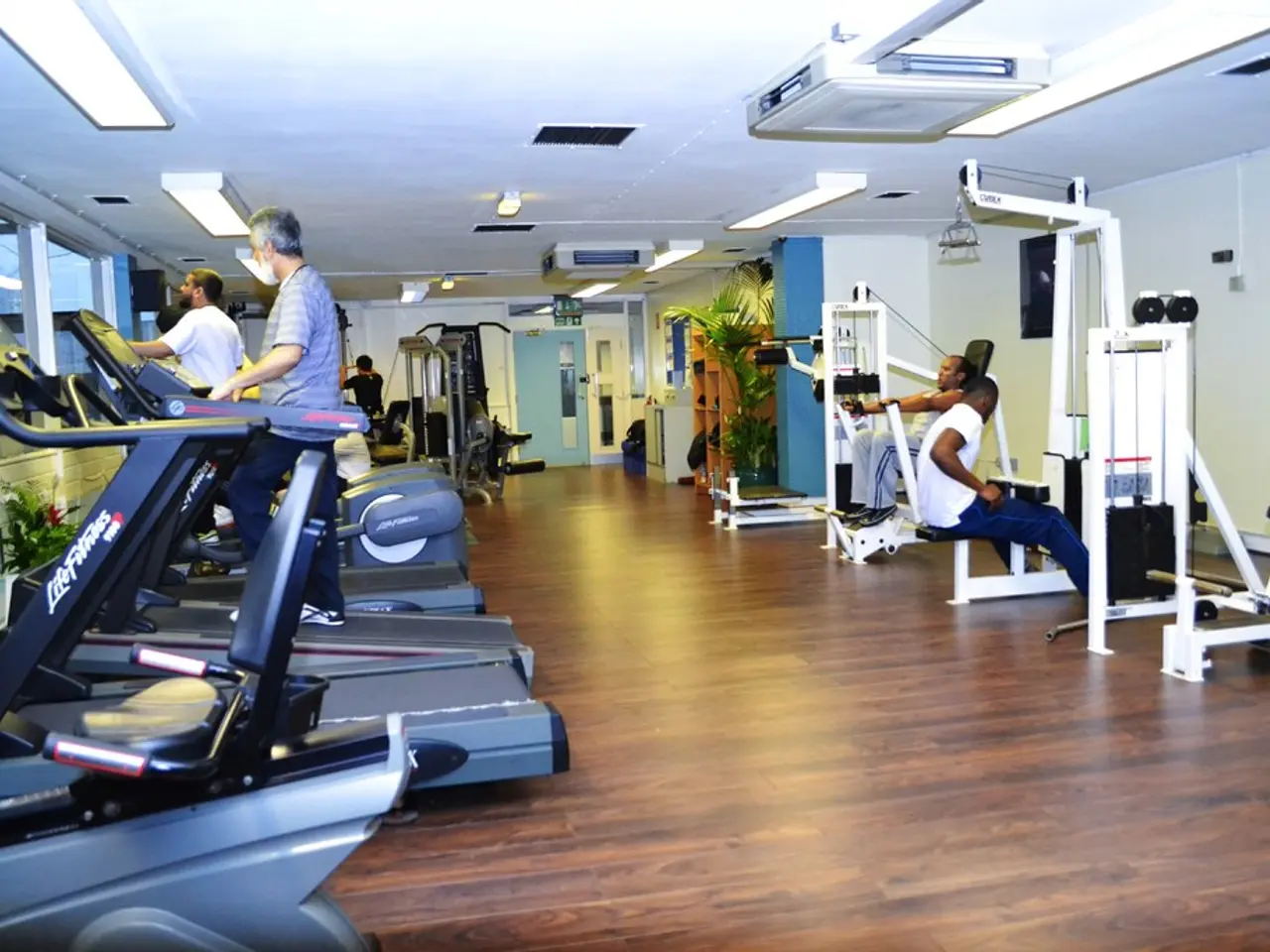Daily planking instead of crunches: Achieving a defined midsection?
Planks, a popular exercise, plays a significant role in enhancing overall core strength and stability. By targeting multiple muscle groups such as the transversus abdominis, rectus abdominis, oblique muscles, and gluteal muscles, planks help maintain posture, balance, and movement control[1][3].
Regularly performing planks can improve spinal alignment, breathing coordination, and overall balance, reducing the risk of lower back and hip injuries[1][3]. The core muscles, which include those in the spine, pelvis, and trunk, form the foundation for stability and movement.
However, while planks are excellent for strengthening the core, they may not necessarily lead to the development of visible abs, often referred to as the six-pack muscles. Visible abs require a combination of factors including a low body fat percentage, a balanced diet, and specific exercises that target these muscles[2][4].
Effective exercises for building visible abs include crunches, leg raises, Russian twists, and various plank variations. Crunches target the rectus abdominis directly, while leg raises focus on the lower abs. Russian twists help define the oblique muscles for a well-defined core appearance.
Planks, while not building visible abs directly, strengthen the deeper core muscles that are essential for stability and overall core strength[2][4]. Plank variations can be used to play with timing and intensity, with holding a plank for as little as 10 seconds being effective[1].
Incorporating a variety of exercises along with planks, maintaining a healthy diet, minimizing body fat, ensuring adequate rest and recovery are crucial for achieving visible abs. Focusing on intensity and focused effort during plank exercises can help build a stronger core.
Remember, performing planks every day will not result in visible abs as a standalone exercise. A strong and stable core improves daily task performance, exercise performance, and reduces injury risk. Planks are low-impact and can be performed from the knees to protect the lower back.
In conclusion, planks are a powerful exercise for strengthening the core and improving overall stability. However, for visible abs, a combination of factors including a low body fat percentage, a balanced diet, and specific exercises that target the rectus abdominis, oblique muscles, and lower abs are necessary.
Engaging in planks not only bolsters core strength and stability, but it also supports better spinal alignment, breathing coordination, and overall balance – factors that diminish the risk of lower back and hip injuries. Although planks may not directly lead to the development of visible abs, they reinforce the deeper core muscles that are vital for a strong and stable foundation.




